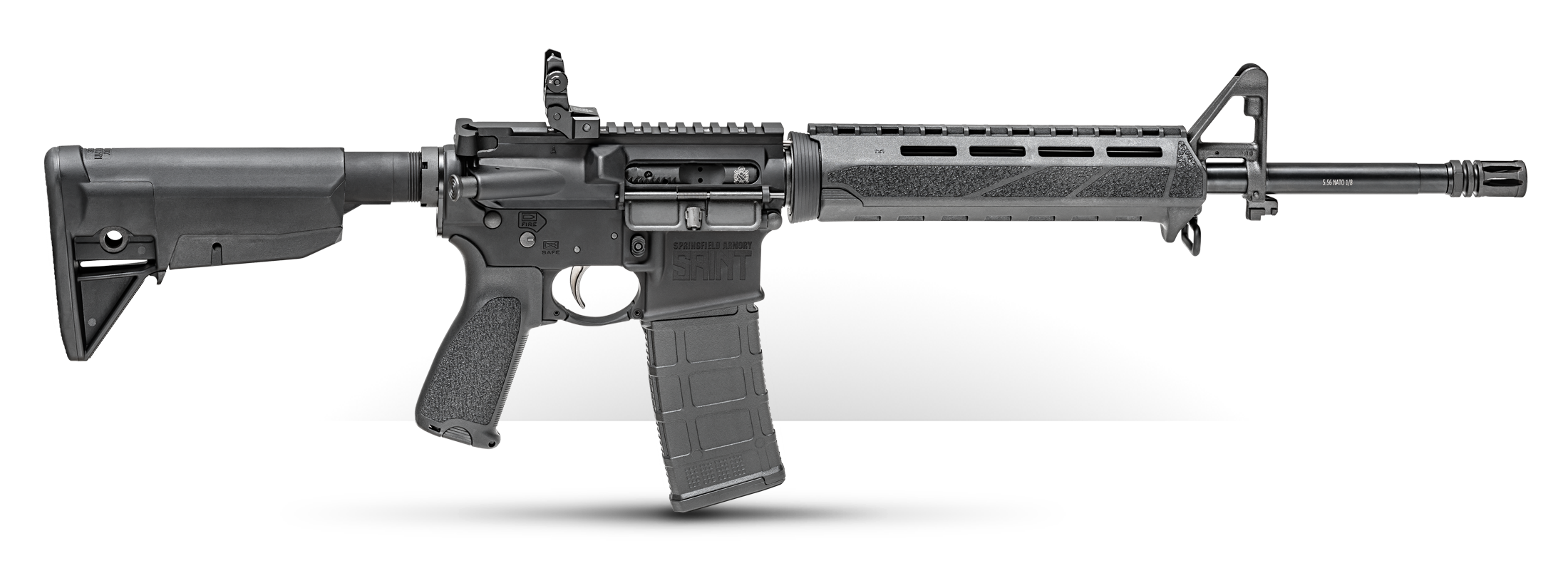What Does the Forward Assist Do?
September 18th, 2023
6 minute read
The forward assist is a controversial feature on AR-15 rifles and M16 military firearms. The designer of the original M16 military rifle, Robert Eugene Stoner, said it wasn’t required. The U.S. military, however, said it was needed.
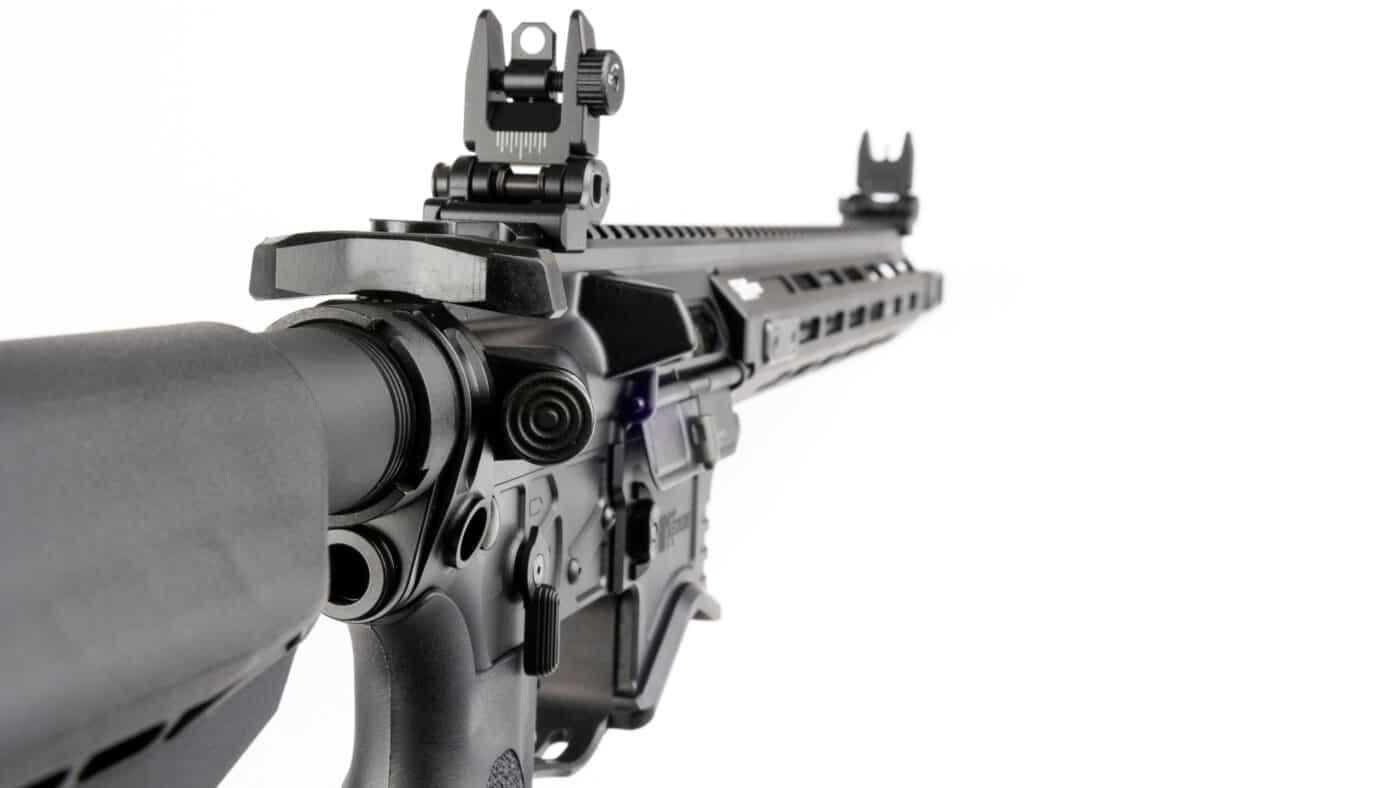
You could not have two more opposed views on the forward assist, and the argument about it has gone on for 60-plus years through years of product refinement, mil-spec design, and proven military use. Still, some AR-15 rifles have a forward assist, and some do not.
Before I get into why or why not I think a forward assist belongs on an AR-15, let me tell you exactly what the forward assist on an AR-15 does. Then we can decide if it’s necessary.
Bolt-Closure Device
The forward assist is that button protruding on the right side of the AR-15’s upper receiver. It’s nothing more than a bolt-closure device. It gives the user a manual way to close the rifle’s action.
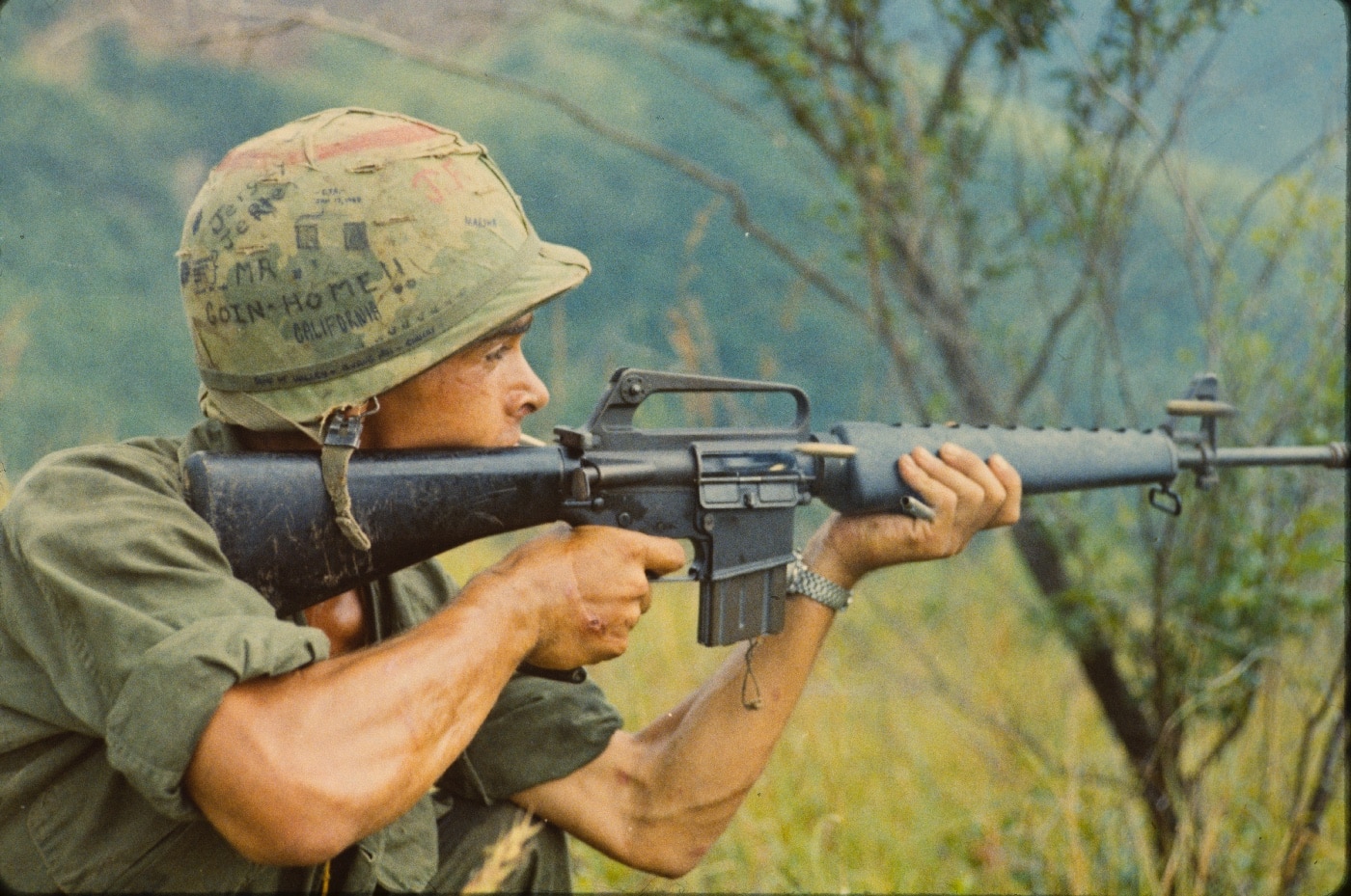
There are various reasons a bolt won’t close, including running dirty ammo, a deformed cartridge, riding the charging handle forward, or misshaped magazine feed lips preventing the cartridge from feeding fully. Whatever the cause, the forward assist lets the user manually seat the bolt forward and in place.
In the old days, the M1 Garand, .30 Carbine and M14 all had forward assists. The reciprocating charging handle on these rifles allows the user to push forward on the charging handle to close the bolt manually.
By the way, AK-pattern rifles have a similar design to those American rifles. The user can push forward the charging handle on an AK to close the bolt and fire the shot.
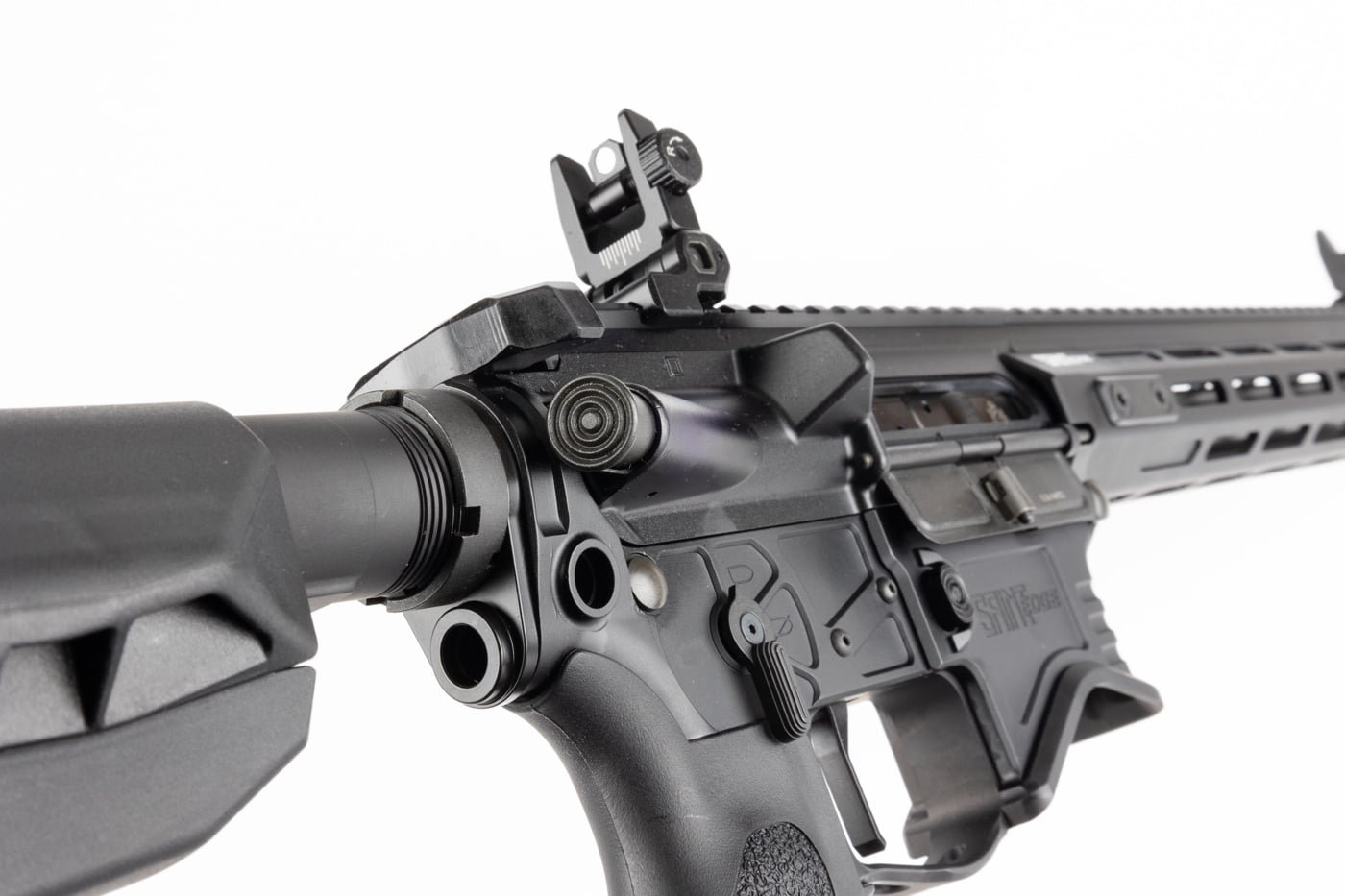
However, the design of the AR-15’s non-reciprocating charging handle does not allow the user to push on it and leverage the bolt home.
For those not familiar with the design, the charging handle is pulled to the rear to pull back the bolt, with spring pressure pushing the bolt forward and chambering a round — and also pulling the charging handle forward. Once the charging handle is pulled forward, it latches into place and does not move rearward with the bolt when the gun cycles — unlike the charging handles of those other rifles.
What Do Those Do?
Ever wonder what that row of serrations on the side of an AR’s bolt carrier group (BCG) is for? Those serrations are ratchet teeth the forward assist engages to close the bolt.
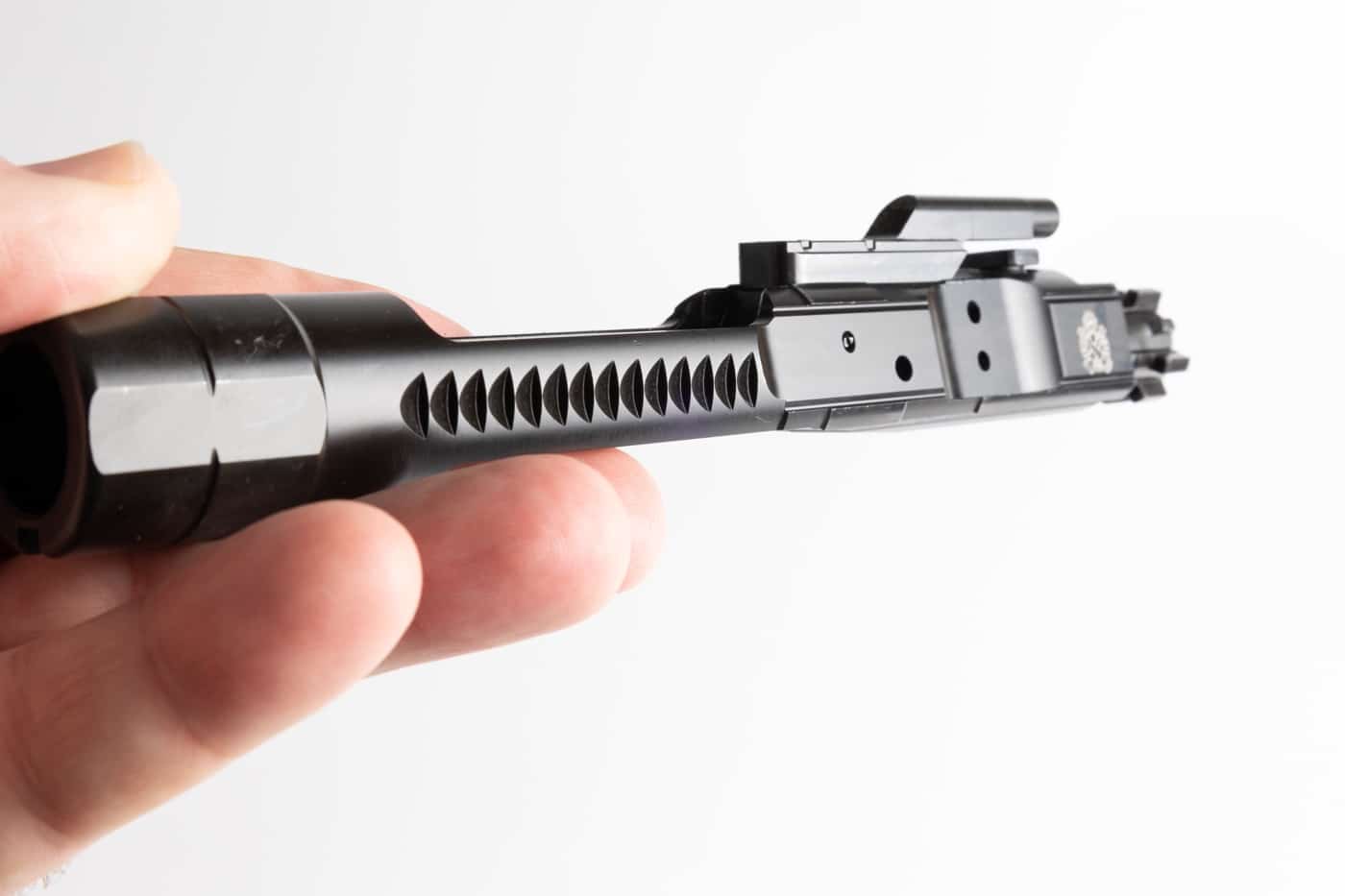
A forward assist comprises a plunger, pawl, and two springs. Two pins hold it all together, and a third pin secures it in the tube on the right side of the upper. When you press the plunger forward, the pawl indexes into the teeth on the BCG, pushing the bolt group forward. When the plunger is released, a spring forces it back to the rear and retracts the pawl.
USAF Forward Assist — Missing in Action?
Stoner originally designed the M16 with no forward assist, as he saw no need for it. In fact, Stoner thought a forward assist would cause more trouble than it was worth. His view was that if the bolt does not seat and a user presses the forward assist, the user might make the situation worse. A forward assist also added weight and cost to the rifle.
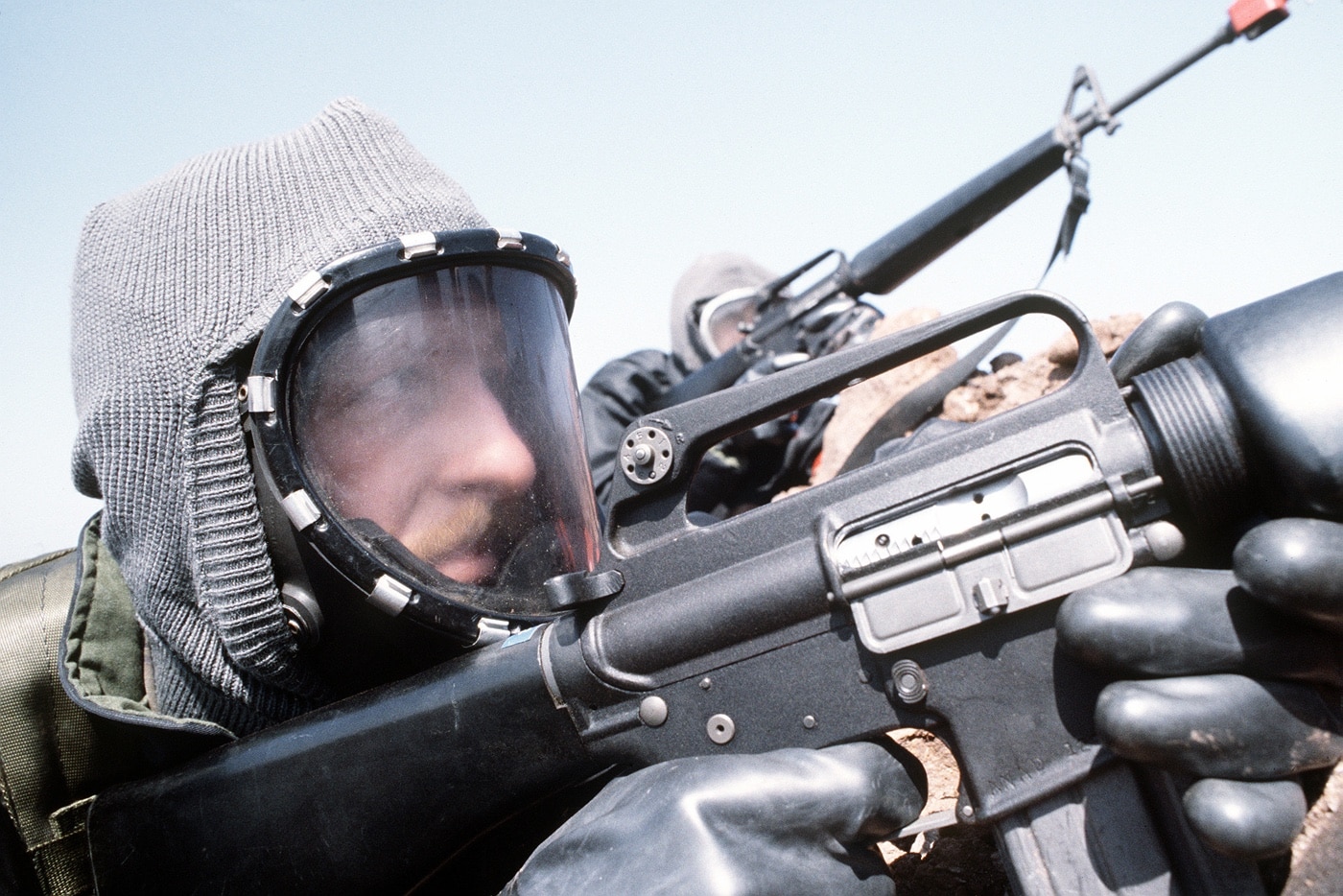
The U.S. Air Force, the first to adopt the M16, held the position that a forward assist was neither necessary nor desirable, and the original M16 rifles delivered to that group didn’t have a forward assist.
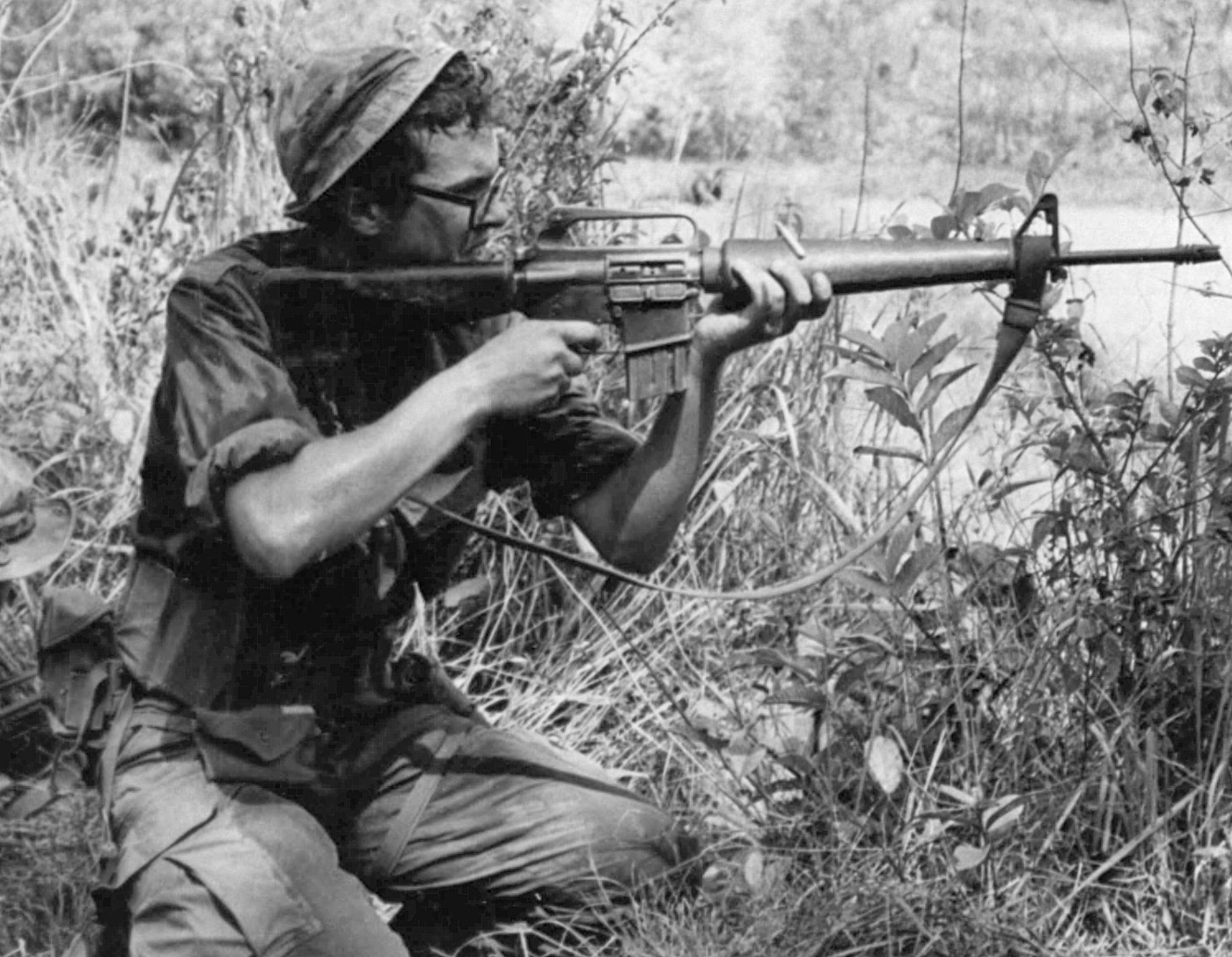
The U.S. Army, however, had other ideas and made the forward assist mandatory. That’s how the M16 evolved into the M16A1. There were other requested changes from the military in the M16A1, but that’s for another story.
How to Use an AR-15 Forward Assist
You may have heard of the acronym SPORTS, which stands for Slap, Pull, Observe, Release, Tap, Shoot. If you have had what appears to be a malfunction, first Slap the magazine to make sure it is seated. Next, Pull the charging handle all the way to the rear — observe for a case or cartridge ejecting. Next, Release the charging handle. Then, Tap the forward assist. Finally, Squeeze the trigger to fire.
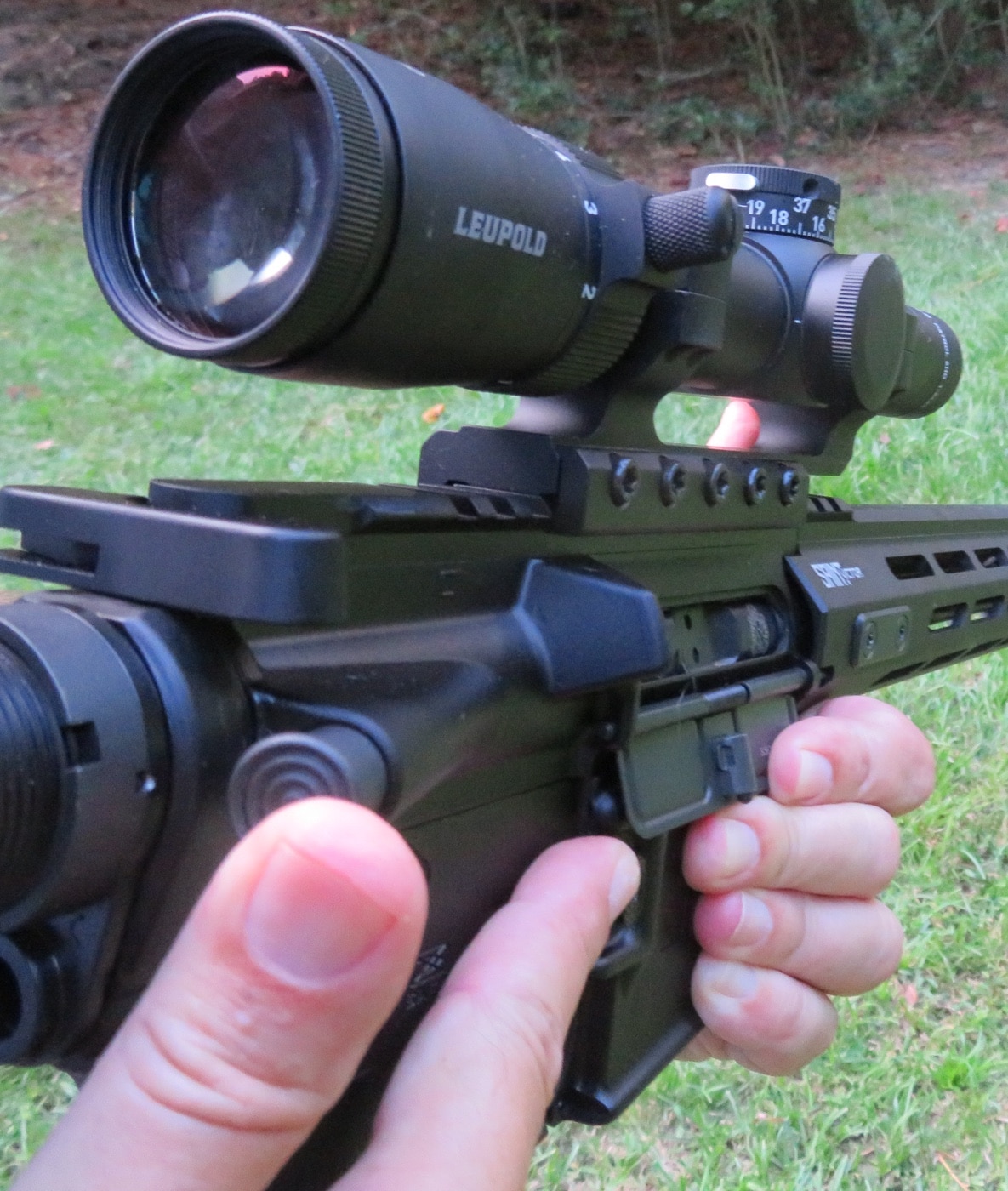
This method is a bit outdated in my opinion. Tap and Rack is my method; Tap the magazine to ensure it is seated and Rack the charging handle. If you have a malfunction or jam, your first response is not to push on the forward assist. The forward assist is not used for clearing jams — failure to feed, failure to extract, failure to eject, etc. Only use the forward assist after a Tap and Rack.
Another situation where the forward assist can be useful is when doing a press check. You pull the charging handle back just enough to see or feel a cartridge in the chamber, and you release the charging handle. Sometimes, releasing the charging handle after a press check will not fully close the bolt. This is when you should press the forward assist to close the bolt fully.
Forward Assist Alternative
You can also use a finger in that cutout or scallop in the BCG to lock the bolt. Use a finger on the support for right-handed shooters or a thumb for left-handed shooters. If the bolt doesn’t lock under finger pressure, you have a bigger problem and should remove the magazine and inspect the rifle.
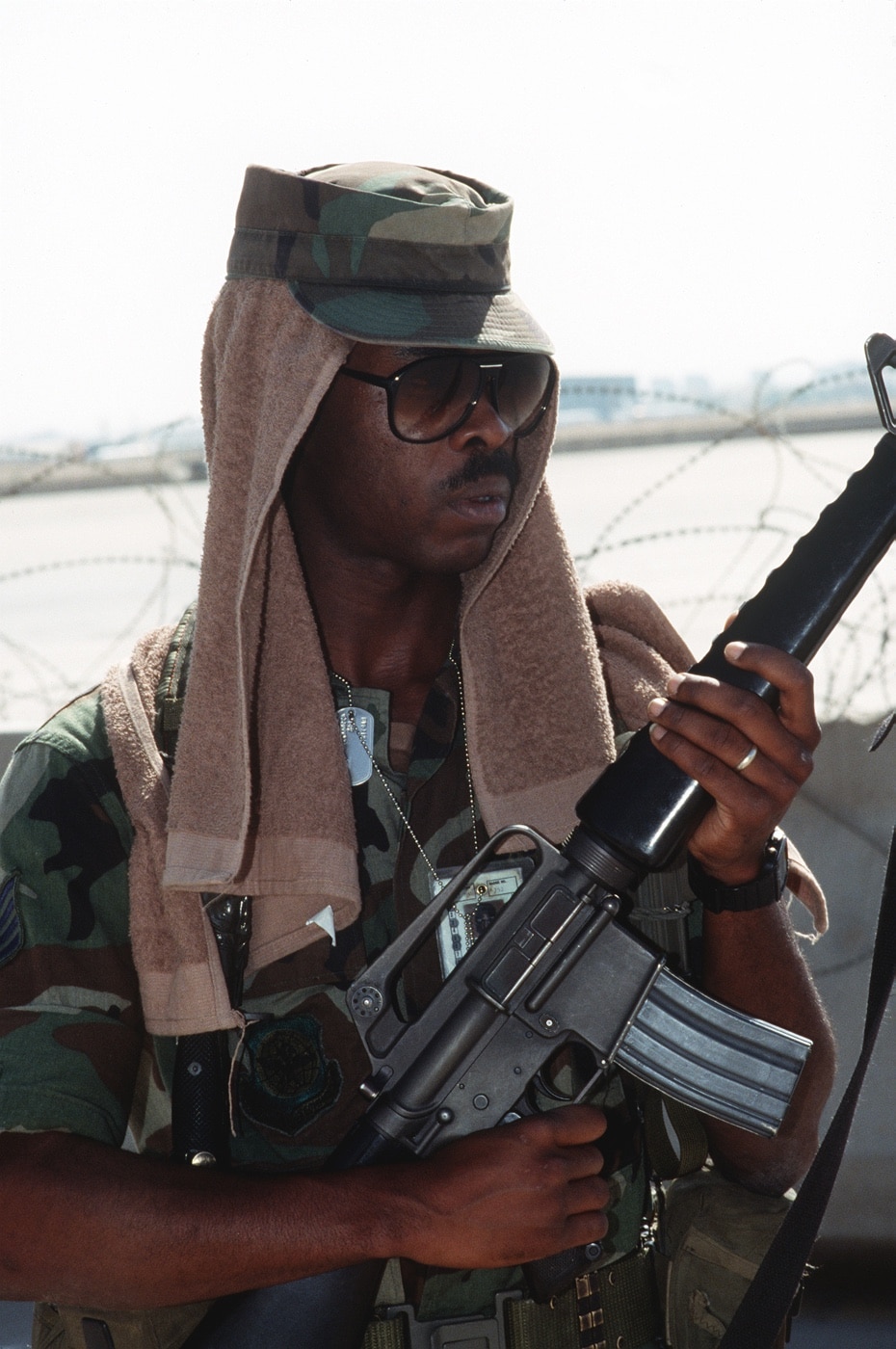
One way to avoid using the forward assist is to let the charging handle fly into battery. Don’t ride the charging handle thinking the BCG should not slam home. The rifle is designed for the BCG to slam into battery.
Sometimes, when I’m hunting with an AR-15, I ride the charging handle so I don’t spook the game. When I do this, I always look to see if the bolt is fully closed. If it is not, I tap the forward assist.
Yea or Nay
The improper use of the forward assist can get you into trouble, so it is important to know when to use it. In my opinion, I’d rather have the forward assist for those few instances when I need it. Otherwise, I can simply ignore it. Let me know what you think by visiting the forum link below.
Editor’s Note: Please be sure to check out The Armory Life Forum, where you can comment about our daily articles, as well as just talk guns and gear. Click the “Go To Forum Thread” link below to jump in and discuss this article and much more!
Join the Discussion
Featured in this article
Continue Reading
Did you enjoy this article?

 456
456




